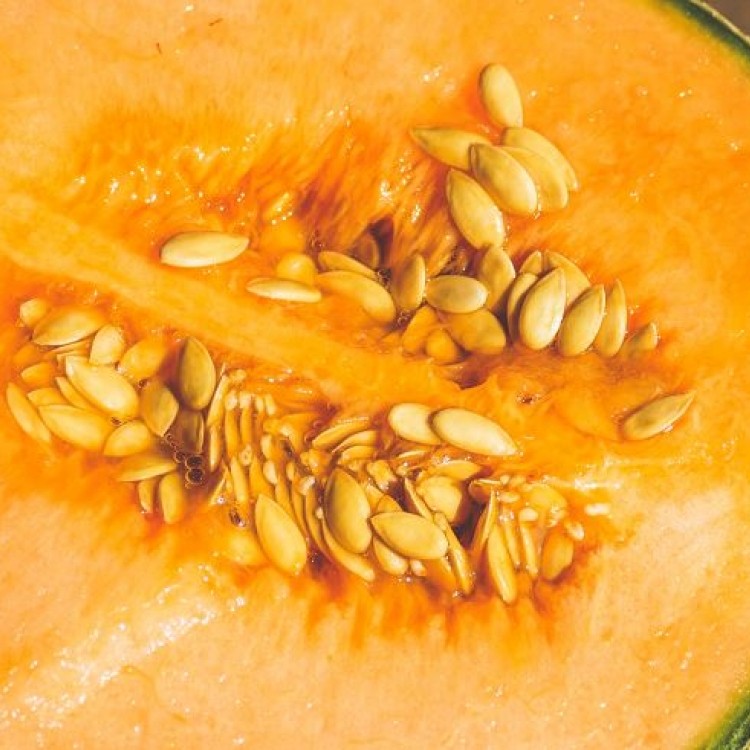
Public availability of supplier data and its interpretation
The invention was directed to films used in the heat sealing of packages, such as snack food packages. Such seals should have a high seal strength. AR 1 was upheld in opposition, reading as follows:
“A film comprising: a heat sealable skin layer comprising one or more heat sealant resins; and a core layer comprising crystalline propylene homopolymer and 5-15 wt% metallocene-catalyzed ethylene-propylene-based thermoplastic elastomer, which exhibits an isothermal crystallization temperature of 60°C or less.”
The proprietor filed as main request to maintain the patent as granted:
“A film comprising: a heat sealable skin layer comprising one or more heat sealant resins; and a core layer comprising crystalline propylene homopolymer, 5-15 wt% thermoplastic elastomer, plastomer, or blends thereof, which exhibit an isothermal crystallization temperature of 60°C or less.”
During appeal, it was contested whether the main request was novel over D2 in combination with D12.
D2 comprised a composition similar to that of claim 1 of the main request. The composition of D2 comprised the polymer “Exact 8203®”, and pivotal for the question of novelty was if this polymer is a “thermoplastic elastomer which exhibit an isothermal crystallization temperature of 60°C or less”. D2 was filed in 2002 and published in 2004, whilst Exact 8203® was discontinued sometime after 2002. D12 was from 2002 and the priority year of the contested patent was 2007.
D12 concerned the product data sheet of Exact 8203®, supplemented with a page with a DSC curve which was provided to the opponent by the supplier of Exact 8203®. The DSC curve demonstrated an isothermal crystallization temperature of about 55°C.
Question is what the value is of this evidence. Should the standard of proof be ‘up to the hilt’ or should ‘the balance of probabilities’ approach be applied? Does D12 meet this standard of proof? The Board followed the case law developed with regards to evidence in proceedings before the EPO (Case law book III.G-4.3).
First, the Board discussed whether the product of D2 comprising Exact 8203® was made available to the public in 2004 even whilst Exact 8203® was discontinued sometime after 2002. First the Board deemed that there was no evidence that Exact 8203® was not available at the time of publication of D2. Then the Board reasoned that even though Exact 8203® was discontinued, it is to be expected that this polymer was on the market for a while after publication of the data sheet D12. So at the time of publication of D2 (2 years after the publication of D12) the product of D2 comprising Exact 8203® was deemed available to the public.
Next to this the Board pointed to that the prior art encompasses any disclosure made available before the priority date. There is no requirement that such disclosure has to be available at the priority date, in 2007.
Then the Board discussed the public availability of the DSC curve of D12. Since the patentee brought no evidence forward that this curve was exclusively available to the opponent, the Board deemed the curve as being available to the public. Thus, the ‘balance of probabilities’ criterion and not ‘up to the hilt’ was taken for the assessment of the data.
Looking at the data the Board identified several pointers supporting that the DSC curve provided is that of Exact 8203®. A discussion point was the ‘heat of fusion’ which was 100 J/g in the data sheet of D12 and 37.5 J/g in the DSC curve of D12. The Board explained that the crystallinity may affect this value which in turn depend on the thermal history of a sample. Therefore, for a standard heat of fusion measurement, a conditioning step is present that erases the thermal history of the material to be tested. The Board then weighted the chance that D12 concerns a different polymer versus the chance that the measurement was inaccurate (i.e. non-conditioning of the sample) for measuring the heat of fusion. The conclusion was that the DSC curve in D12 corresponded to the polymer Exact 8203®.
The last question was whether these measurement inaccuracies affect the isothermal crystallization temperature of D12. Here the Board pointed to that “claim 1 does not specify how the isothermal crystallization temperature should be measured. The scope of protection therefore encompasses all (technically reasonable) measuring methods for the isothermal crystallization temperature of the polymer, including measurements performed on non pre-conditioned samples.”
Therefore D2 in combination with D12 unambiguously discloses “thermoplastic elastomer which exhibit an isothermal crystallization temperature of 60°C or less” and takes away novelty of the main request.
Subsequently AR-1 was assessed which was found to be novel and inventive and not to extend subject matter.





